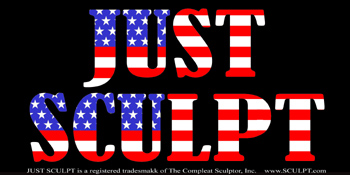The Shore hardness scale mystery

The mystery behind the scales of hardness and flexibility revealed...
There are different Shore Hardness scales for measuring the hardness of different materials. These scales were invented so that people can discuss these materials and have a common point of reference. The Shore A00 Scale measures rubbers and gels that are very soft.
The Shore A Hardness Scale measures the hardness of flexible mold rubbers that range in hardness from very soft and flexible, to medium and somewhat flexible, to hard with almost no flexibility at all. Semi-rigid plastics can also be measured on the high end of the Shore A Scale.
As you can see from the chart, there is overlap on the different scales. For example a material with a Shore hardness of 95A is also a Shore 45D.
Shore D Hardness Scale measures the hardness of hard rubbers, semi-rigid plastics and hard plastics.
How Do You Physically Measure A Material's Hardness?
The different Shore Hardness scales measure the resistance of a material to indentation. A ‘Shore Hardness' gauge (looks like a round tire pressure gauge) has a needle on a spring protruding from one end. The needle is placed against the rubber or plastic and pressure is applied.
Once the gauge is pressed firmly against the material and the needle has penetrated as far as it can go, the measurement needle will indicate the corresponding hardness measurement.
What Shore Hardness means to you as a mold maker:
Shore Hardness becomes an important factor when considering which mold rubber you should choose for your for making a mold of your original.
The consideration is "how easily will you be able to extract your original model (and subsequent castings) from the rubber mold once it is cured".
For example, you would not choose a rubber with a durometer of 70A to make a mold of a plaster standing ballerina with thin, protruding arms bent at opposing angles. A 70A rubber (as hard as a car tire) is stiff and would not offer enough flexibility to extract this model without breaking it.
A better choice would be a Shore 30A rubber or softer that would offer enough flexibility to easily extract the model.
Under what circumstances would you use a Shore 70A rubber? A common application we encounter from the world of concrete casting would be making molds of flat original models (paving stones, for example). This model configuration does not require much flex from the rubber mold to extract the original or subsequent castings. Using a 70A urethane rubber also gives you tremendous abrasion resistance and therefore the longest mold life for this application.
Thanks to Smooth-on

Comments
Be the first to comment...